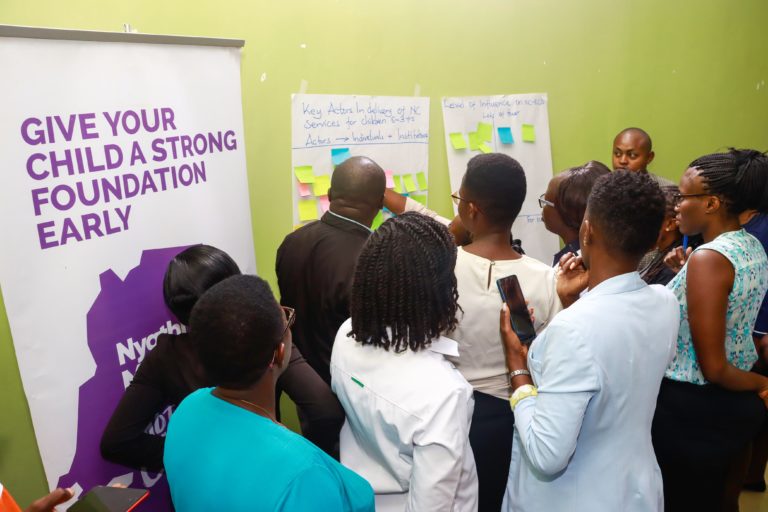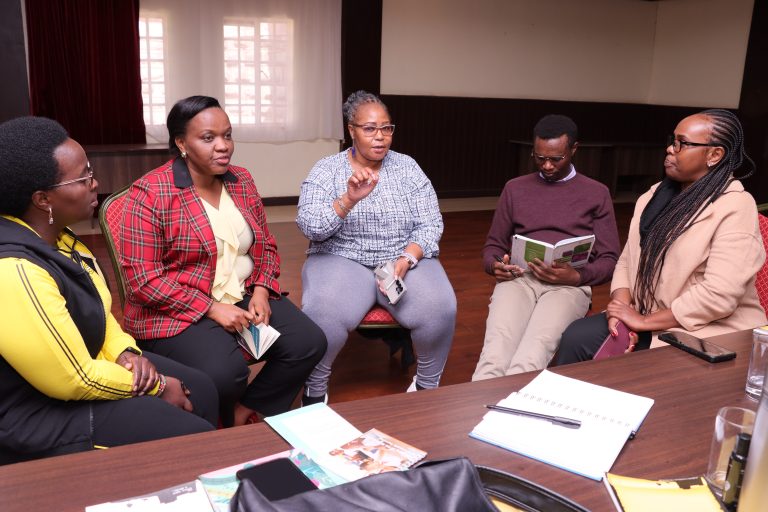“Strategies implemented in schools to maximize student learning should be evidence-based.”-The Australian Institute for Teaching and School Leadership
Evidence-based education is an approach to teaching and learning that emphasises using empirical research to guide classroom instruction decisions and practices. This approach aims to ensure that educational methods and interventions are effective, efficient, and aligned with the latest available scientific findings on how students learn and develop.
Florio, (2016) traces the foundations of evidence-based education back to the success of evidence-based practices in other fields, such as medicine, healthcare, and management. The growing momentum of evidence-based education over the past three decades has been driven by the desire to move away from reliance on intuition, tradition, or personal experience, and instead base educational decisions on rigorous, objective, and replicable research.
Multiple sources of evidence
One of the key features of evidence-based education is the emphasis on using multiple sources of high-quality, rigorous scientific studies and empirical evidence to inform decision-making, teaching methods, strategies, and interventions researched and proven to be effective.
Evidence can come from a variety of sources, including randomised controlled trials, longitudinal studies, meta-analyses, and case studies.
Challenges in application
There is a lack of good-quality research evidence to tell us how to mobilise evidence into use in education.
Although the role of evidence in the education system is not currently in doubt, equally research also tells us that teachers rarely apply this evidence to inform their classroom teaching. While this pool of evidence exists ways and means are scarce of mobilising this evidence into usable bits for classroom use. Simply put a lot of innovative education interventions exist but only a handful are put to use due to a lack of awareness of their existence as well as application evidence on how to use them.
According to the Glossary of education reforms, the debates about and around evidence use in education systems depend largely on the existence and actual use of the available evidence. For instance, policymakers at national and sub-national levels, teacher trainers, teachers and researchers sometimes argue that the body of existing evidence is too big a forest to mine what is useful, or even impossible, for schools and educators to act thoughtfully and appropriately on available evidence, given that it is not synthesised and therefore would classify it as unavailable. In other cases, governments, schools and school systems may largely or entirely ignore available evidence; subsequently, perpetually known school problems may go unaddressed on one hand, while effective, well-established teaching practices and innovations are never adopted and the system is plunged into a “rudderless mass” of evidence-informed policy initiatives.
Increasing Use and Users of Evidence
So how can we increase the uses and users of education evidence in the education ecosystem? While this blog was not intended to answer this question it was intended to ignite other questions. While previously funders have supported extensive efforts to expand the production of evidence in education the wind is blowing from generation towards uptake of the evidence generated. Think of it this way: researchers and organisations have carried out research over several years whose results and learnings lie with them or the funder. Proponents of evidence-based practice propose platforms for knowledge sharing and collaboration generated through co-creation initiatives to synthesize such findings into one document or theme. Such platforms act as repositories of published research outputs, grey research as well as public goods such as ed-tech, guidelines and frameworks which go a long way, especially in making research products available, accessible and affordable.
Platforms for knowledge sharing and collaboration generated through co-creation initiatives can synthesise findings into accessible documents or themes.
Such co-creation initiatives by different actors in the education ecosystem overcome the multiplicity of evidence generation. Tons of papers inform of student theses lie in libraries and occupy space in their online repositories while there is no chance that the findings lying there will ever be found and at least shared if not implemented. The immense evidence in those Masters and PhD theses does not become invalid just because they are unpublished or are published in “predatory” journals based on some classification. Evidence is evidence unfortunately the “fountains of knowledge” repositories do not communicate with each other. How do they even ensure the originality of the student’s work in the face of AI? How can we motivate the students and faculties to get their work published to enhance the visibility of the evidence generated?
Barriers to evidence use
This blog cannot be complete without addressing the politics and gatekeeping in access to data which cuts across the data landscape. Even within the government different departments cannot share evidence and even when it is possible none is willing to use the other departments’ evidence-sometimes departments within the same organisation. Issues of the government not trusting the credibility of evidence generated by non-state actors demand co-creation. Where funders are involved, gatekeeping comes in the form of ownership of the evidence generated. A probable solution to this challenge apart from co-creation is establishing communities of learning where evidence generators and users share a platform to discuss the generation and use of evidence.
“Expanding the skill to recognise quality research is essential to help teachers and school leaders become better consumers of evidence.” ~Teacher Magazine
The assumption so far is that while evidence is available synthesised or otherwise, the users have the requisite capacity to use the evidence in their processes and decision-making. Far from it, evidence generators must ignite the demand for evidence users to utilise available evidence in education. The trend has been to address the supply side by making research findings as simple as possible and using different mediums to present the evidence. The demand side, however, requires equal attention to ensure we address the width and the breadth-increase the uses and users of the available evidence produced. The establishment of a community of learners as a platform for stakeholders to learn can be used as a platform to set research agendas that guide the whole country’s research compass towards demand-driven research and innovations.
Education system cultures that vary by jurisdiction may not be encouraging or seen to promote the use of evidence because teaching practice is heavily dependent on directions from respective ministries. A study of teachers in Australia showed that teachers sometimes view the adoption of external evidence as a way of taking away the teachers’ autonomy in the classroom. The issue of validation of proven innovations may affect the adoption of evidence especially where assessment data does not support the practitioners’ innovation. There is also observable affinity by the government to hold at a higher value and adopt external evidence compared to locally generated and assembled evidence. For instance, Kenyan teachers in National schools may fail to adopt innovations from County and extra-county schools.
“In Australia, 83 percent of educators believe that using research will help improve student outcomes; 45 per cent believe that their schools do not support the use of research. 32 percent of educators do not feel confident to analyse and interpret research.” Monash University-Q project
What comes out clearly and shown by research is that mere accessibility to raw or synthesised research evidence is not generally an effective way of getting it used, even if that evidence is presented to users by knowledge-brokers, in short courses or workshops. What is more likely to work for both policy and practice is the packaging of high-quality evidence into a more usable format and presenting it actively or iteratively via a respected and trusted conduit, or through other mediums such as legislation. Having the users do the research is another promising approach. funders should require grantees to use evidence assembled in evidence hubs and libraries created using their grants in previous projects. This can be facilitated by a supportive evidence-use culture across the education ecosystem.





